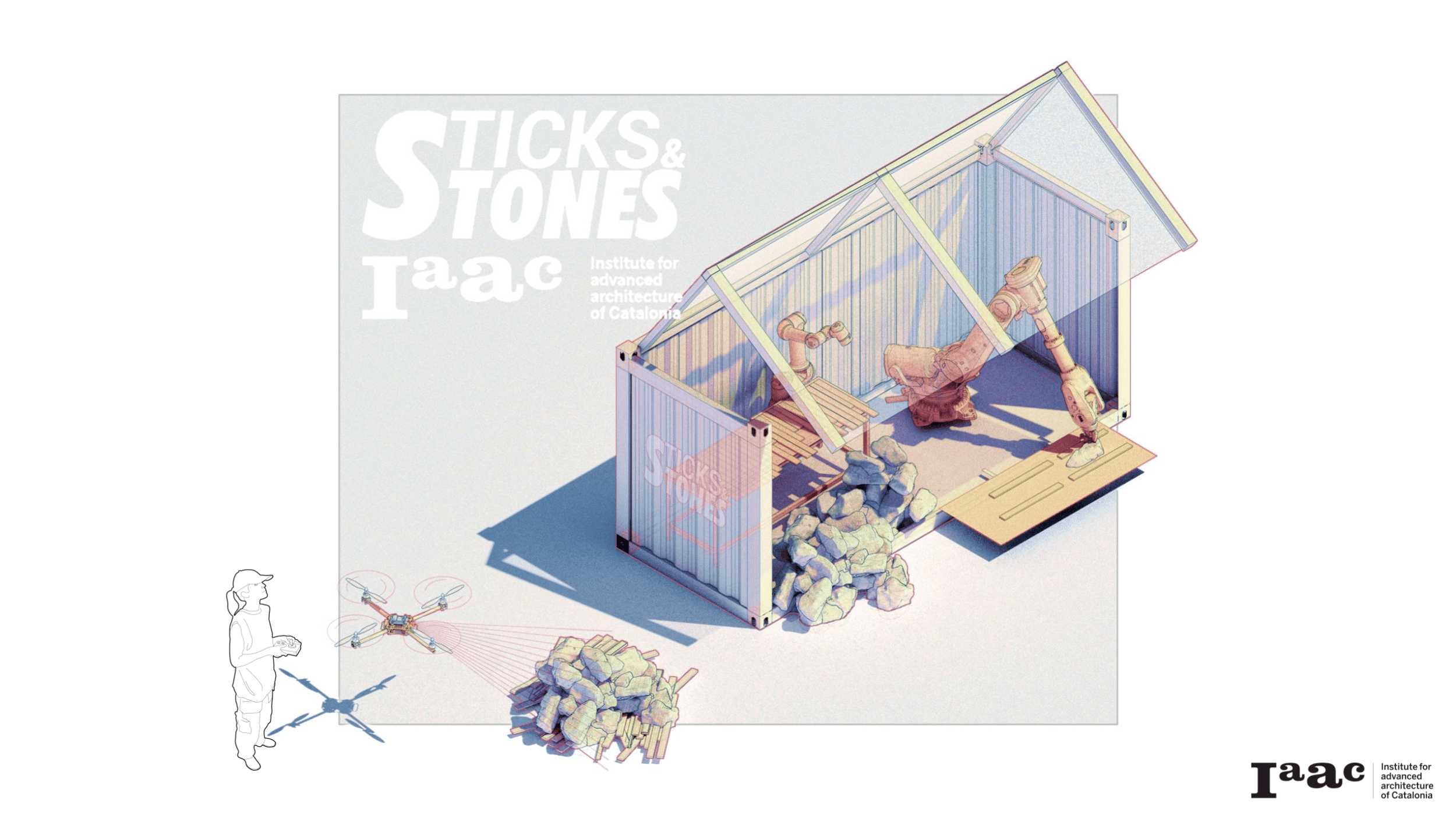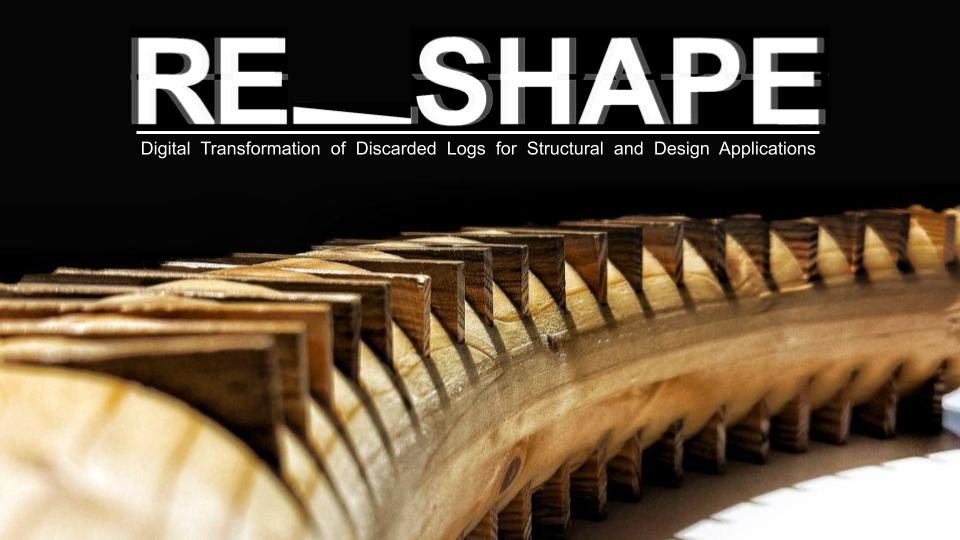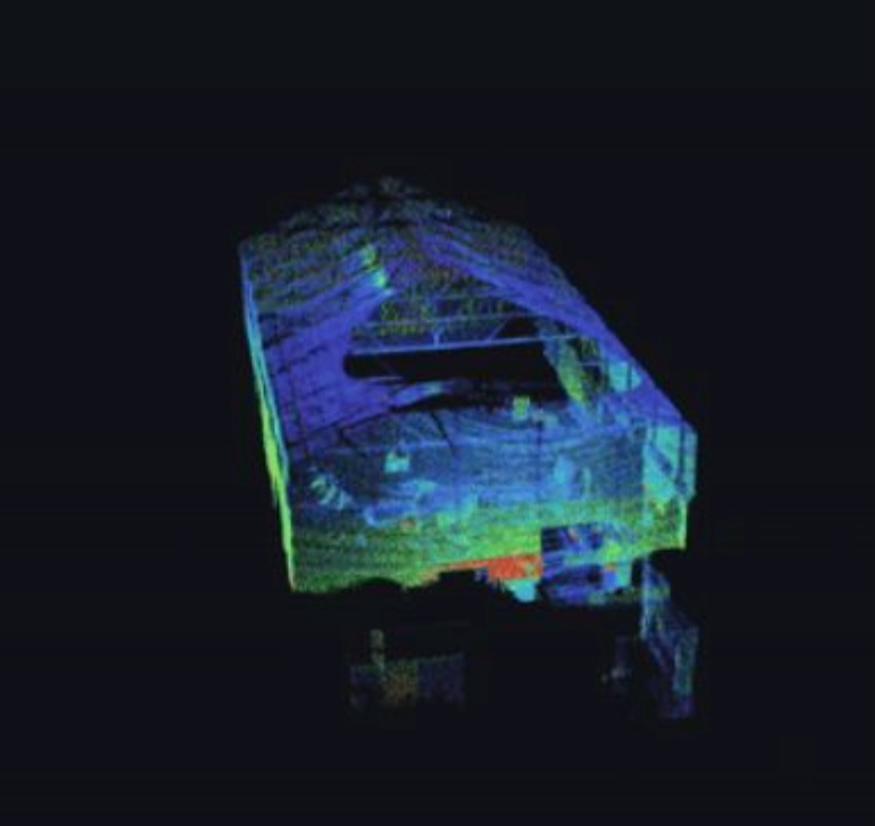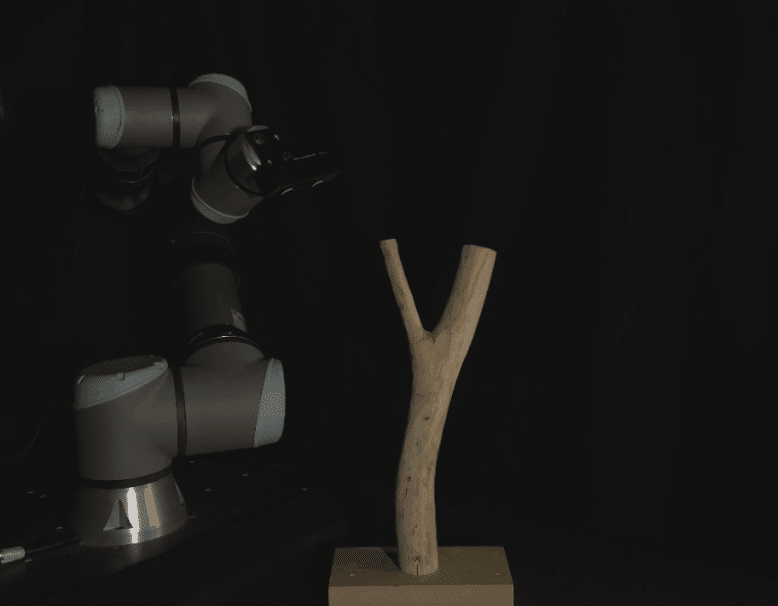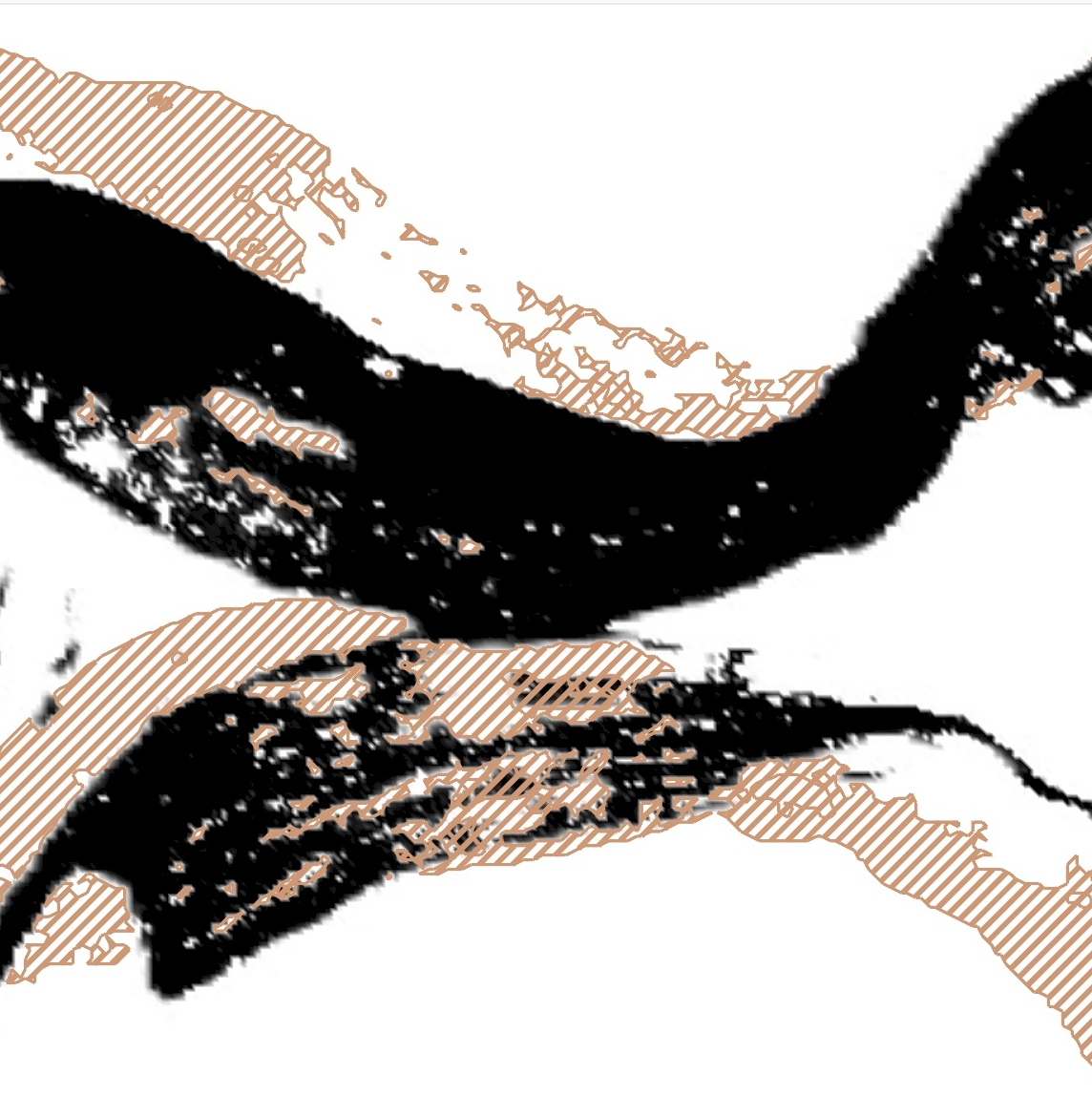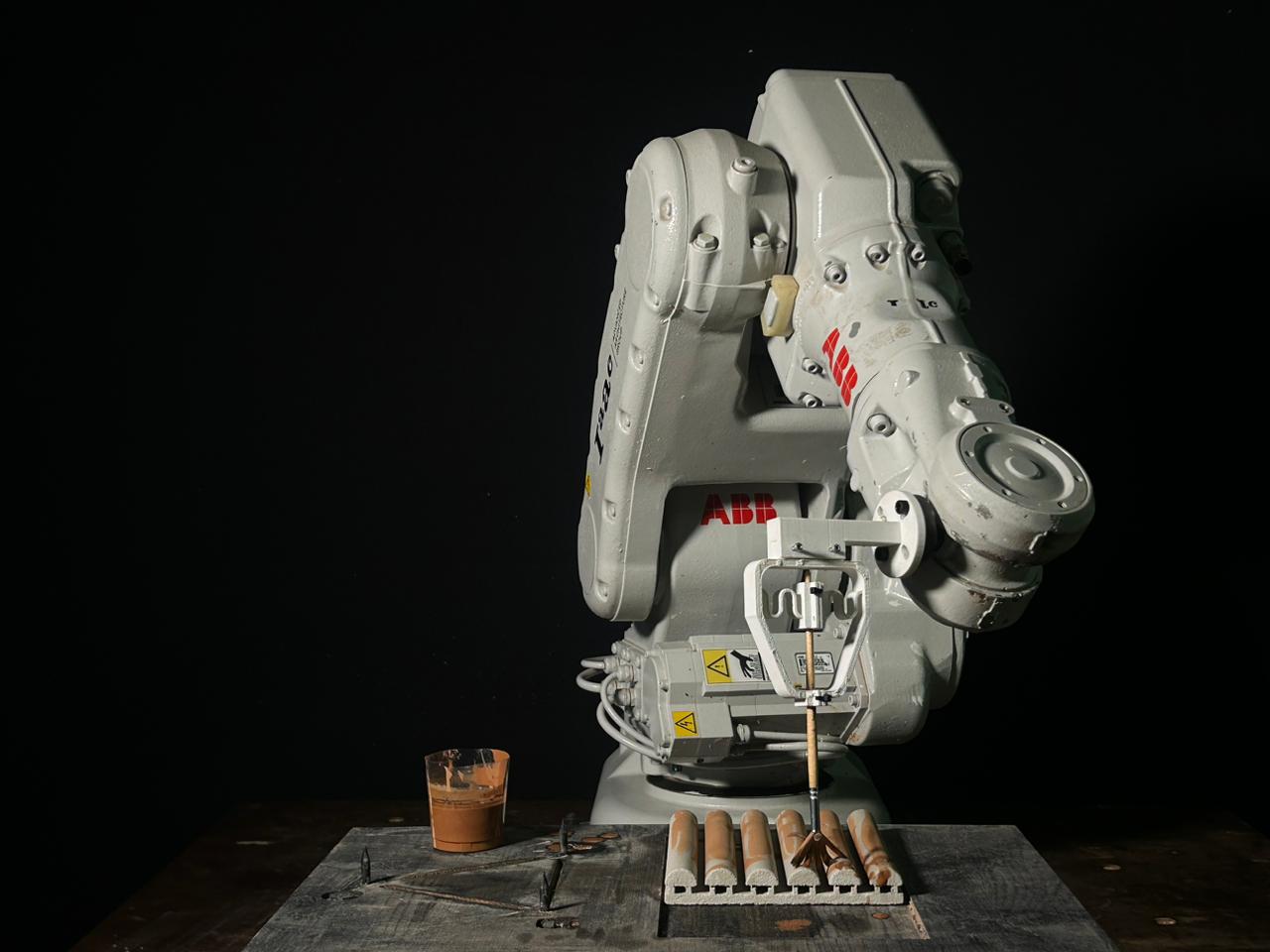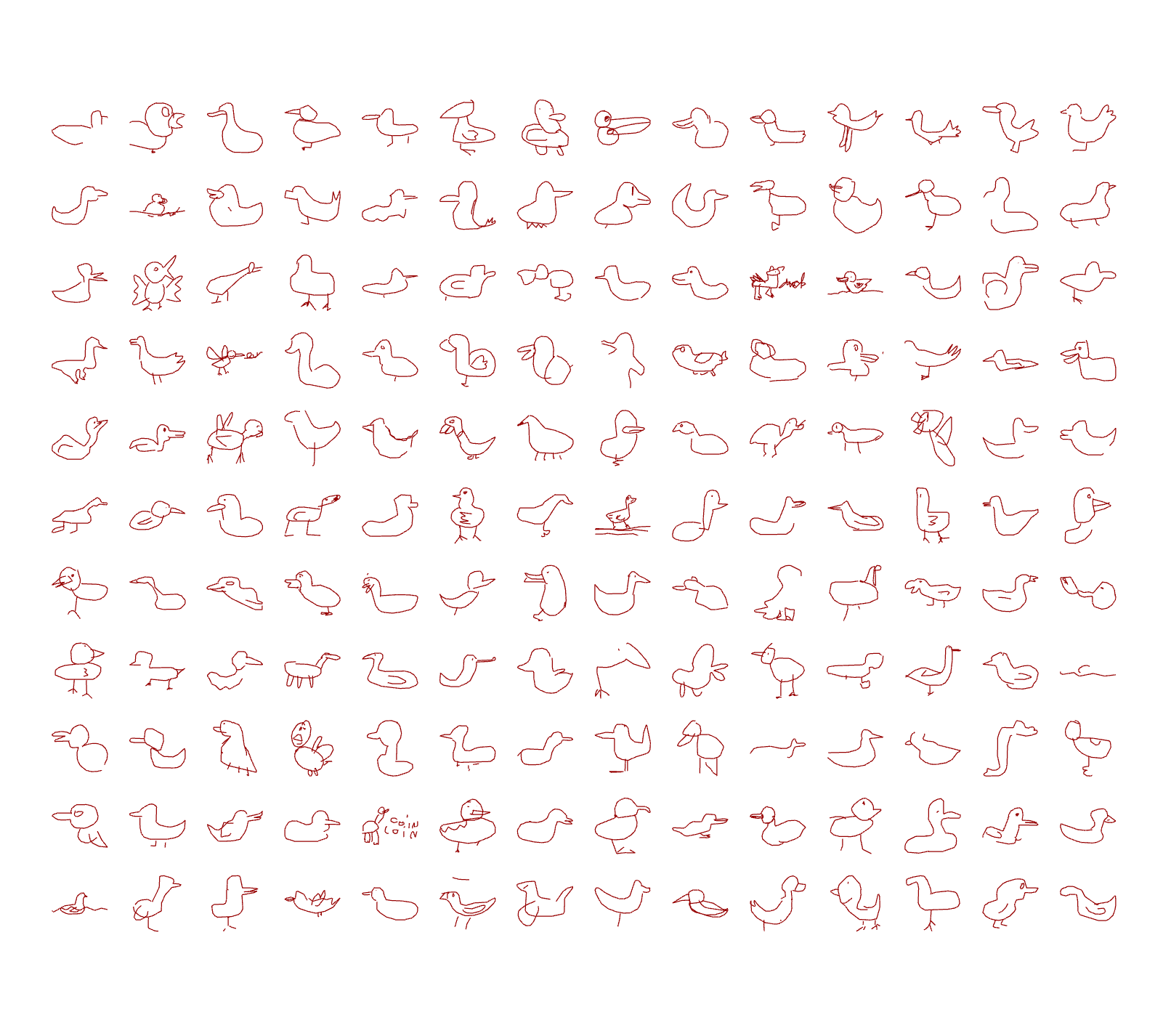KAPLA KADABRA
XX WS3.1 XX How can we compress the soul of a 3D object into a few pixels?Kapla Kadabra explores the magic of encoding geometry into 2D data structures – and bringing it back to life. XXXXXXXXXXXX AIM XXXXXXXXXXXX This project explores a lightweight method to encode and decode 3D geometries into pixel matrices. Instead of … Read more





